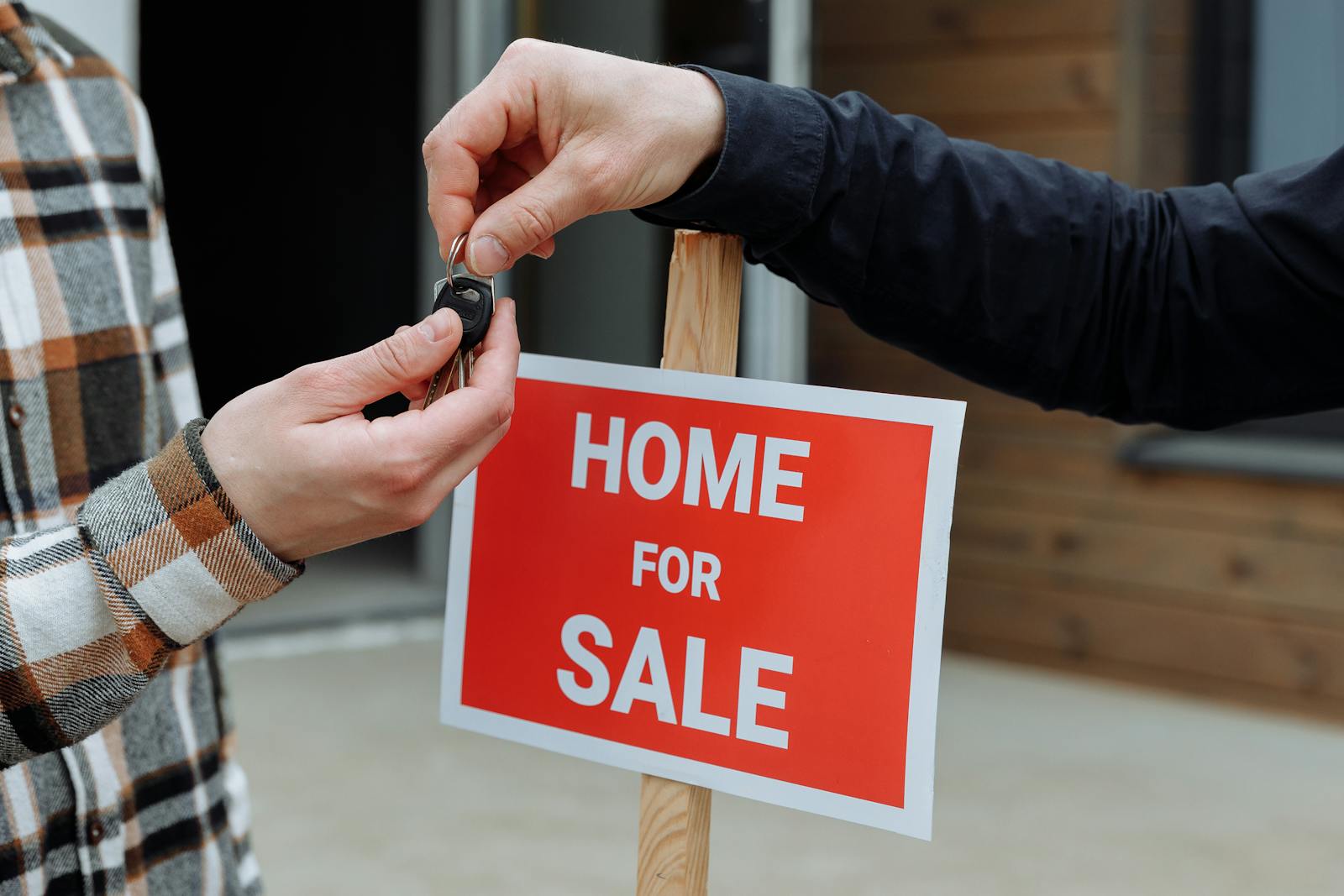Toronto remains one of Canada’s most competitive real estate markets. With thousands of listings across condos, townhomes, and freehold properties, buyers searching for homes for sale in Toronto often feel overwhelmed. Prices shift quickly, competition varies by neighbourhood, and the right guidance can make a major difference in outcomes.
This is where working with an experienced Toronto downtown realtor becomes a clear advantage.
Understanding Toronto’s Housing Market
Toronto is not a single market. Downtown condos behave differently from east-end semis or west-end townhomes. Even within the downtown core, pricing and demand vary block by block.
Buyers exploring homes for sale in Toronto need insight beyond listing prices, including:
How recent sales compare to asking prices
Which neighbourhoods offer long-term value
How competition affects offer strategy
What risks to watch for in older or newer buildings
Local expertise helps buyers interpret this information correctly.
Why Downtown Toronto Continues to Attract Buyers
Downtown Toronto remains a top choice for buyers due to transit access, employment hubs, walkability, and lifestyle amenities. Areas like the Financial District, King West, the Waterfront, St. Lawrence Market, Leslieville, and Riverside continue to see steady demand.
Because inventory moves quickly in these neighbourhoods, buyers benefit from working with a realtor who focuses specifically on the downtown market.
You can learn more about working with experienced downtown Toronto realtors here:
👉 https://remaxpluscity.com/downtown-toronto-realtors.html
The Value of a Toronto Downtown Realtor
A Toronto downtown realtor does more than schedule showings. They help buyers navigate fast-moving listings, understand building-level pricing, and compete strategically without overpaying.
Key benefits include:
Deep knowledge of downtown neighbourhoods and condo buildings
Accurate pricing analysis using recent sold data
Access to upcoming and off-market opportunities
Negotiation strategies tailored to downtown competition
Guidance on condos, assignments, and freehold homes
In a market where timing and pricing matter, specialized expertise is critical.
What Buyers Should Focus on When Searching Homes for Sale in Toronto
Successful buyers prepare early and stay focused. When reviewing homes for sale in Toronto, it’s important to:
Secure mortgage pre-approval
Understand total ownership costs
Compare sold prices, not just list prices
Identify features that support resale value
Work with a realtor who understands your target neighbourhood
This approach reduces stress and leads to better decisions.
Condos vs Freehold Homes Downtown
Downtown Toronto offers both condo and freehold options. Condos provide convenience, amenities, and lower maintenance. Freehold homes offer space and long-term appreciation but often come with higher upfront costs.
A downtown realtor helps buyers evaluate which option aligns best with their lifestyle, budget, and future plans.
Final Thoughts
Finding the right home for sale in Toronto requires more than online searches. It requires local insight, accurate pricing knowledge, and strategic guidance. Working with a trusted Toronto downtown realtor helps buyers move confidently in a competitive market.
If you’re considering buying downtown or want expert guidance, explore your options with a local specialist here:
👉 https://remaxpluscity.com/downtown-toronto-realtors.html












